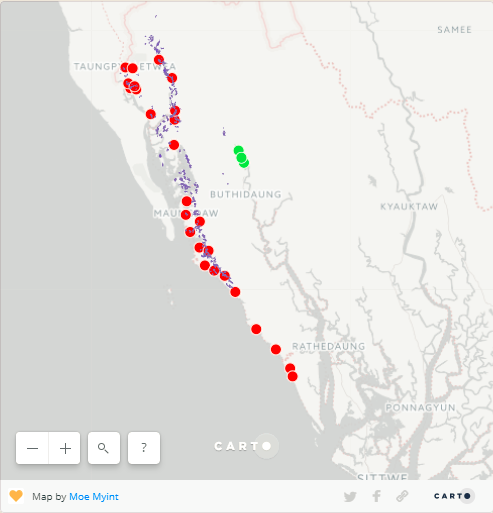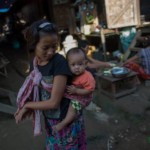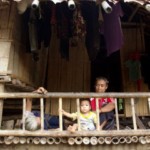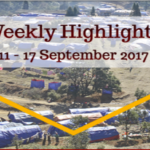By Moe Myint / The Irrawaddy | October 24, 2017
YANGON — Since Arakan Rohingya Salvation Army (ARSA) attacked police outposts in northern Rakhine State on Aug. 25, security personnel and hundreds of militants have been killed, but undoubtedly civilians have been hit hardest.
The militant attacks and ensuing military operations have thrown scores of Hindus, Arakanese and self-identifying Rohingya Muslims into turmoil. The Irrawaddy illustrates the crisis in the following infographics, which show the total death toll of the crisis, high number of abductions, alleged mass killings, and the stream of Muslim refugees fleeing for Bangladesh—now at more than 600,000.
Outposts Under Attack and Mass Destruction
The map below shows the locations of 30 border police outposts attacked by ARSA on Aug 25 in the entire Maungdaw district. It also provides the positions of villages burnt down in the aftermath of the attacks. International organizations, rights groups, and fleeing self-identifying Rohingya say the military and local Arakanese are behind the arson. The military and government says the culprits are militants and even the Muslim homeowners themselves.

Civilian Deaths Allegedly by Militants
Although ARSA has denied targeting civilians, The Irrawaddy reporters have spoke with Hindus who have given first-hand accounts of an ARSA attack. In addition to Hindus, this bar graph shows the rising number of Muslims and Arakanese reportedly killed by militants prior to the Aug. 25 attacks.
Abductions in Northern Rakhine State
These are the numbers of Hindus, Muslims and Arakanese believed to have been abducted by ARSA for collaborating with the government from 2016 October to 2017 October.
Rakhine Crisis Death Toll
The death toll among ARSA fighters, civilians and government troops based on statistics collected by the UN and the government.
Exodus of Muslims and non-Muslims
Militant violence has displaced nearly 30,000 non-Muslims in Maungdaw district—mainly Arakanese sub-ethnic groups Mro, Thet and Daingnet as well as Hindus. Meanwhile, more than 603,000 self-identifying Rohingyas—locally known as “Bengalis”—have fled to Bangladesh to escape military clearance operations.
Within a few weeks of Aug. 25, the total number of Muslim refugees climbed to a half million on the Bangladeshi border. The Irrawaddy visualizes the beginnings of the mass exodus in the following map using UN statistics.

Refugee Elsewhere
Myanmar’s problem of internally displaced people (IDPs) and refugees is not only confined to Rakhine State. The Internal Displacement Monitoring Centre documented in 2014 an increase of 140,000 IDPs after 2012 communal riot in Rakhine State.

Moreover, civil wars between the government army and dozens of ethnic armed organizations have resulted in at least 500,000 IDPs in Shan, Kachin, Karen, Mon, Kaya, Bago, and Tanitharyi areas in 2014.
References
- Locations of ARSA attacks on 25 August obtained from a map shared on the Commander-in-Chief’s Office Facebook page. GIS dataset of burned villages obtained from “Destroyed buildings in Maungdaw and Buthindaung townships, Maungdaw District, Myanmar” map, published on 5 October, obtained from UNOSAT.
- Data on ARSA’s alleged killings of Muslims and Arakanese by date obtained from the State Counsellor Office Information Committee Facebook page. Data on ARSA’s alleged killings of Hindus obtained from previous Irrawaddy reporting and corroborated by data obtained from the Commander in Chief’s Office Facebook page.
- Data on ARSA’s abductions of Muslims and Arakanese by date obtained from the State Counsellor Office Information Committee Facebook page. Data on ARSA’s alleged abductions of Hindus obtained from previous Irrawaddy reporting and corroborated by data obtained from the Commander in Chief’s Office Facebook page.
- Data on deaths from ARSA’s attacks, targeted civilians between Oct 2016 and Aug 2017 and ARSA’s alleged mass killing of Hindus in Aug and Sept 2017 from the same sources as
The original and interactive info-graphics are available in the original article.
This report originally appeared on The Irrawaddy on October 24, 2017.
This report was updated with source references on October 25.










